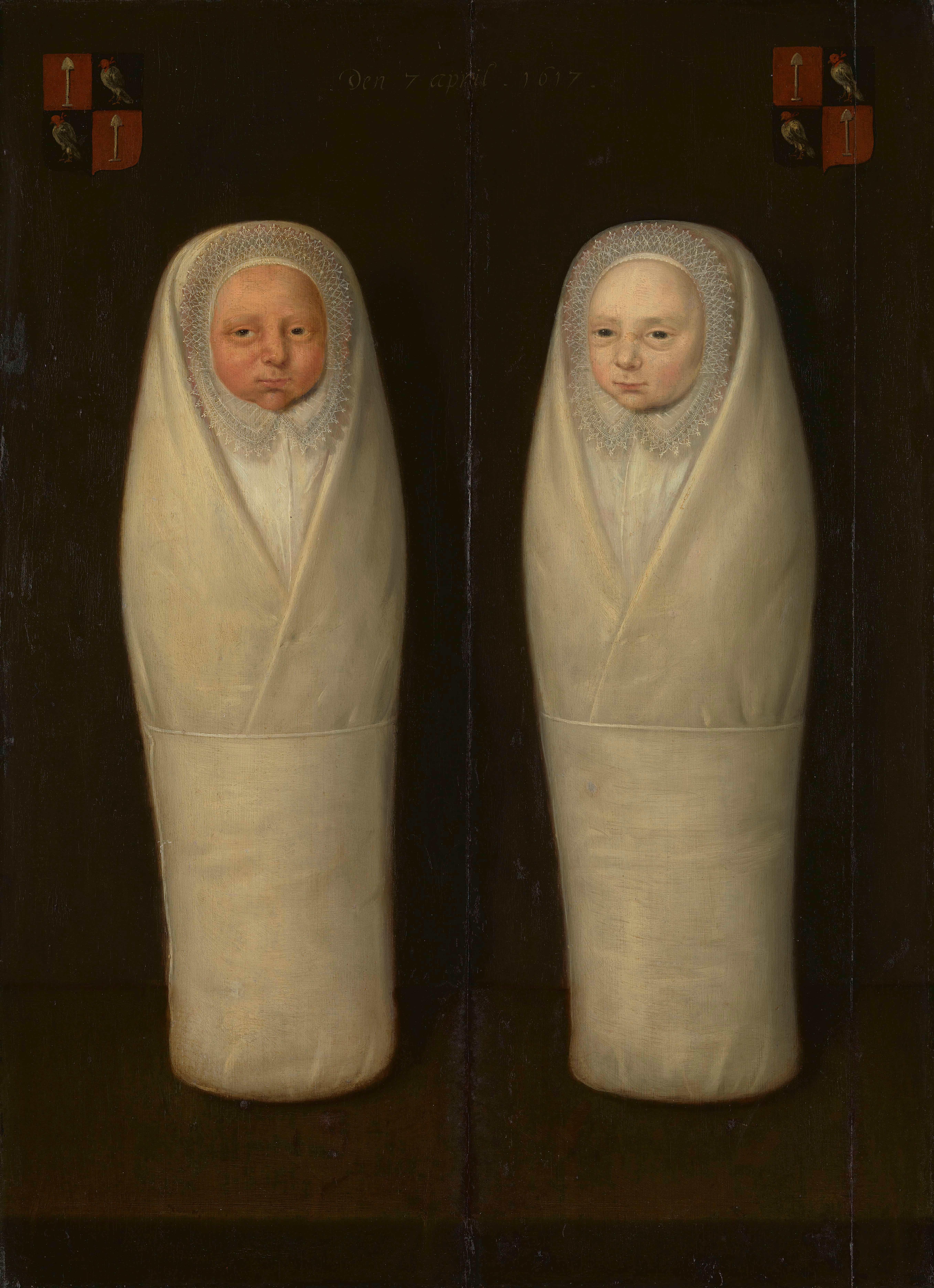How Game Theory Can Help You Do a Better Job of Parenting

In 1944, the economist, physicist, mathematician and computer scientist John von Neumann published a book that became a sensation, at least among mathematicians – Theory of Games and Economic Behavior. Written with a colleague, Oskar Morgenstern, this volume of nearly biblical proportions is so dense and littered with mathematics that only a game-theory specialist could understand it – and some of them struggled.
Even so, game theory has spread far beyond the boundaries of mathematics to become a valuable tool for explaining human behaviour. It’s used by diplomats, biologists, psychologists, economists and many others in business, research and global politics.
Game theory can also be a useful tool for parents. Children can be tough negotiators, as parents know. And the stakes are high: the outcome of negotiations between parents and their children can affect a family’s happiness and the children’s futures.
Despite its sometimes complicated mathematics, game theory is simple to explain: it’s the science of strategic thinking. Game theory does not cover all games, but only those in which an opponent’s or negotiator’s strategy affects your next move. It has nothing to do with solitaire, in which your ‘opponent’ – a deck of cards – has no strategy. Chess, on the other hand, is a beautiful example of a game-theory game, where two crafty strategists are continually trying to anticipate and block the other’s likely moves.
Encouraging cooperation between children is a wonderful game-theory example. Some years ago, Robert Axelrod, a game theorist at the University of Michigan, asked the following question: when should a person cooperate, and when should a person be selfish, in an ongoing interaction with another? He set up a computer competition among game theorists, and he was astonished at what he found. The most sophisticated solutions failed to beat something called tit-for-tat, in which each player responds by doing what the other did. If the first cooperates, so does the second. And so on and so forth. If the first does not cooperate, neither does the second.
Auctions are yet another subject of game-theory research, and useful for parents. Suppose your children all want to control the TV remote. Set up what’s known as a sealed-bid, second-price auction. Each secretly writes down what he or she is willing to pay. When the papers are opened, the highest bidder wins the right to buy the remote at $1 plus the second-highest bid. It’s far superior to a coin flip because the person who most wanted the remote got it.
Game-theory deals depend upon fairness and, often, so do dealings between parents and children. Children are consumed with the idea of fairness. If a candy bar meant to be shared by two isn’t broken exactly in half, the one who gets the smaller piece will howl. Game theory offers parents a way around this.
Suppose you break the candy bar into two pieces that are almost the same size, but not quite. And your children can see that they are different. You could do something that seems eminently fair: toss a coin. Your children can recognise the fairness in tossing a coin; nobody controls the outcome. What could be simpler? You toss the coin into the air. The winner gets the slightly bigger piece of candy; the loser gets the other. But something changes when the coin hits the floor. The winner now believes the decision was completely fair; the loser demands that he get a do-over. To him, it doesn’t seem fair at all.
The problem here turns on the meaning of fairness. The coin toss is fair, as we usually understand that. So what is the problem? In game-theory terms, the outcome was not envy-free. The loser desperately envies the winner. It’s not a very satisfactory solution for you or for one of your two children.
Here’s a way to get a much better outcome. Suppose you have the remains of a birthday cake you want to divide between your two children. You have the same problem as you did with the candy: it’s difficult to cut two equal pieces. So you turn to the technique we call ‘I Cut, You Pick’: your daughter cuts the cake, and your son picks the half he wants.
Your daughter will be as careful as possible to cut the cake into identical halves, because if she doesn’t, she will get the smaller one. Because it might not be possible to cut the cake into two exact halves, you designate your son to make the cut the next time you have cake. And you continue to take turns. This is fair, and game theory shows that people will recognise it to be fair. It’s far superior to the brutal coin toss.
Now let’s make it a bit more difficult. The cake is half chocolate and half vanilla. Your son loves chocolate; your daughter prefers vanilla. If your daughter cuts the cake in a way that gives each of them half of the chocolate and half of the vanilla, the cut is fair. Each piece is the same size. But neither child is entirely happy, because each got some cake they didn’t want. Turn the cut the other way – and divide it into a chocolate half for your son and a vanilla half for your daughter, and both are far happier. Both cuts were fair, but the cut into chocolate and vanilla halves demonstrated what’s called Pareto optimality. Each was not only fairly treated, but also got the best possible outcome.
Game theory can also be used to help the family to decide where to go on vacation, what to have for dinner, how siblings can learn to cooperate without mum or dad’s intervention – and many other problems that routinely turn up in the family.
Game theory is a gift of evolution, which sculpted us to behave according to precise and illuminating mathematical rules. We use it all the time. Game-theory parenting is a way to help parents explicitly understand the rules and reflect on what the rules say about raising healthy and successful children. An understanding of game theory helps us become the parents we were meant to be. Parents and children might not be able to make their way through von Neumann’s often opaque book, but they don’t have to. They are all game theorists already. All they need are a few good rules. And that’s what game theory provides.

Paul Raeburn
—
This article was originally published at Aeon and has been republished under Creative Commons.





